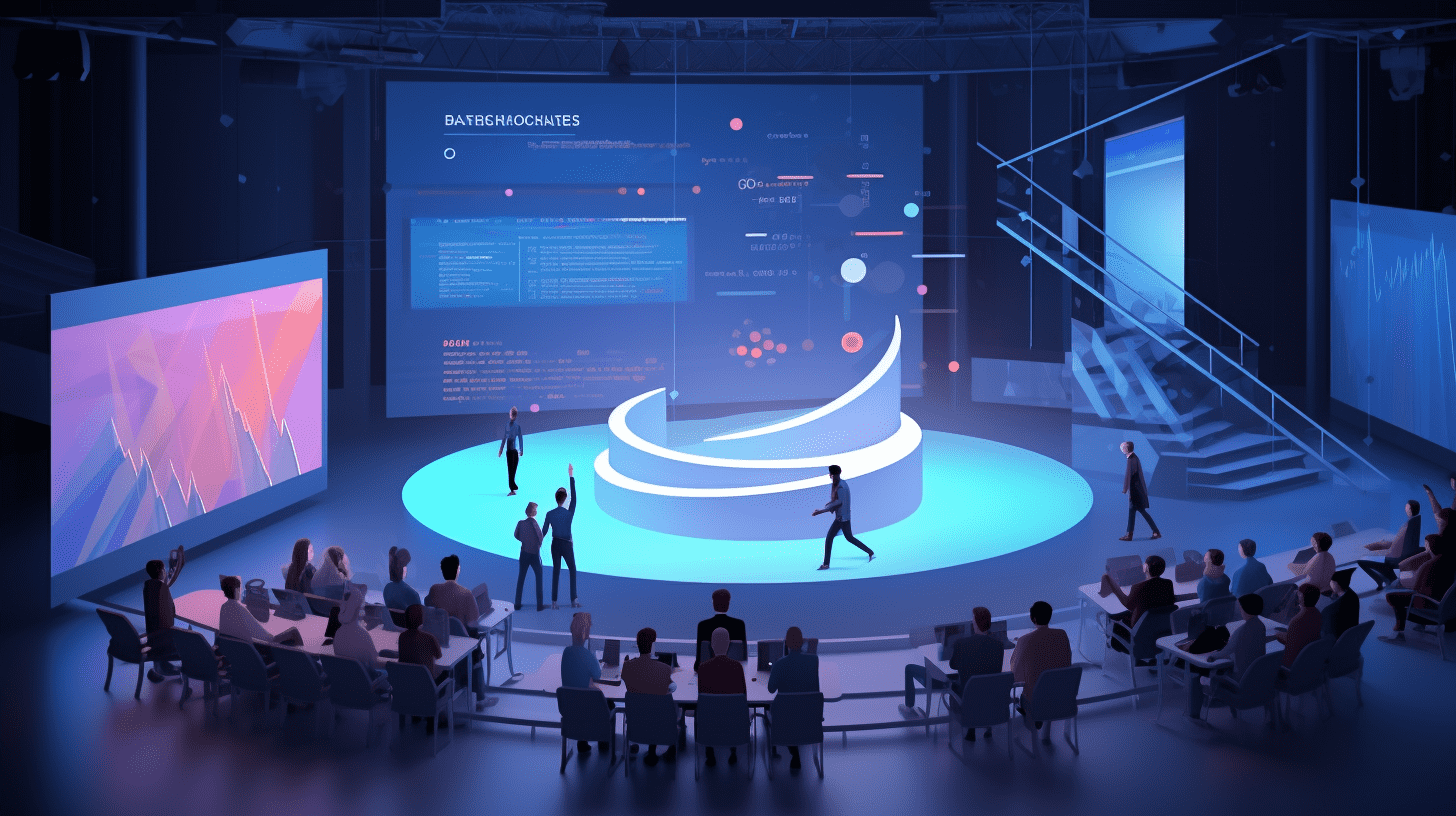The Fed's rate cut triggers a buying frenzy, squeezing the spread on American corporate bonds to a 27-year low.
After the Federal Reserve cut interest rates for the first time since 2024, investors are scrambling to lock in still elevated yields. A key measure of the valuation of US corporate bonds has reached its highest level in nearly thirty years.
Notice that a key valuation indicator for US corporate bonds has reached its highest level in nearly thirty years. Prior to the Federal Reserve's first rate cut since 2024, investors are rushing to lock in the still high yields.
According to Bloomberg Index data, the risk premium for US investment grade corporate bonds narrowed to just 72 basis points on Thursday (the additional yield that investors demand for holding high-quality corporate bonds compared to government bonds). The narrowing of this spread marks a new low for the indicator in decades - in August of this year, the spread reached 73 basis points, the lowest level since 1998.
As the spread narrows, investors are buying bonds before the Fed further cuts rates. Despite the Fed's rate cut on Wednesday, bond yields are still relatively high compared to levels over the past 15 years, incentivizing yield-focused investors like insurance companies to continue buying.
Barclays' head of US credit strategy, Dominic Dublan, said: "Historically, when yields are at the current level, they tend to limit volatility. Demand remains strong, driven by yield. The current yield levels are still attractive to yield-focused investors."
As of Thursday's close, the average yield for high-grade bonds was 4.76%, compared to an average level of around 3.6% since 2010.
For most of the past three years, the average yield has remained above 5% as the Fed raised rates from near-zero levels to curb post-pandemic inflation. The relatively high yields have been a key driver of demand for investors such as pension plans, who typically need to fund long-term liabilities.
At the September Fed meeting, policymakers also updated economic forecasts, now expecting two more 25 basis point rate cuts this year, one more than the June forecast. They also expect one rate cut each in 2026 and 2027. These rate cuts could further depress yields, exacerbating the sense of urgency for some investors.
Dublan noted that in the current stable environment, the tight spread environment is ideal. "In a sense, it's like the perfect storm: solid fundamentals, strong demand, and no excessive supply pressure."
Hope this helps.
Related Articles

The Bank of Japan maintains interest rates as scheduled, but the rate hike camp is rising! The heavyweight announcement of an ETF selling plan.
.png)
Taiwan Semiconductor Manufacturing Co., Ltd. Sponsored ADR (TSM.US) helps Taiwan surpass South Korea in wealth for the first time in 20 years, and is expected to lead in per capita GDP by 2025.

The two-year Japanese government bond yield has soared to its highest level since 2008, and the market is eagerly awaiting the central bank's interest rate decision.
The Bank of Japan maintains interest rates as scheduled, but the rate hike camp is rising! The heavyweight announcement of an ETF selling plan.

Taiwan Semiconductor Manufacturing Co., Ltd. Sponsored ADR (TSM.US) helps Taiwan surpass South Korea in wealth for the first time in 20 years, and is expected to lead in per capita GDP by 2025.
.png)
The two-year Japanese government bond yield has soared to its highest level since 2008, and the market is eagerly awaiting the central bank's interest rate decision.

RECOMMEND

Three-Year R&D Spend Drains RMB 2.4 Billion, Urgent Cash Needs Drive Maiwei Biotech Back to Hong Kong Amid Compliance Scrutiny
18/09/2025

Why Generating Profit Remains Challenging for Lidar Companies
18/09/2025

SEC Adopts Landmark Rule to Restrict Shareholder Class Actions in Bid to Revive IPO Market
18/09/2025


